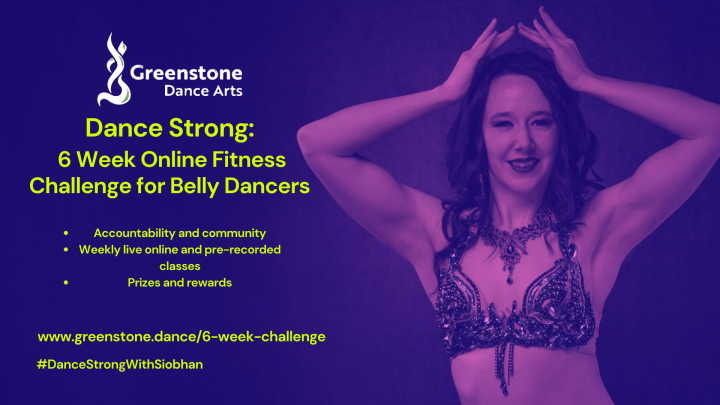“RICE” no more! PEACE and LOVE for Injury Management!
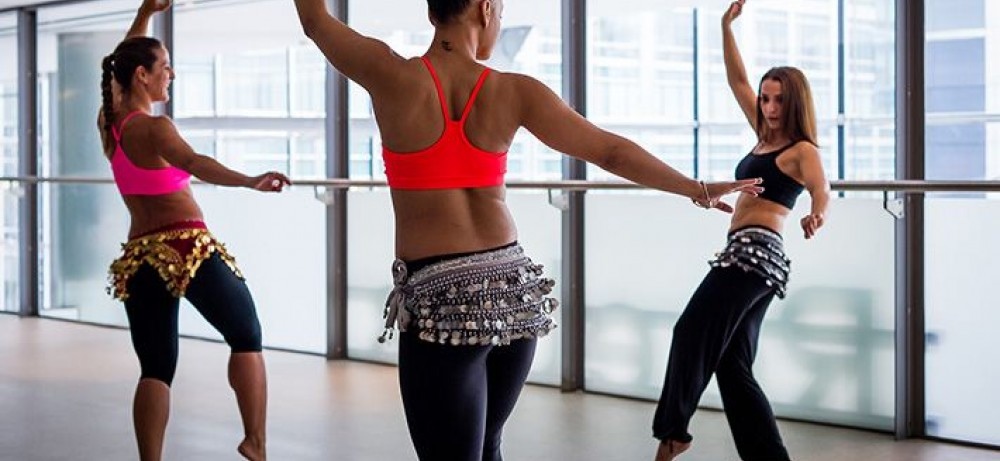
RICE is at least 10 years out of date!
The RICE (or RICED; rest, ice, compression, elevation, diagnosis) method for injury management has been advised against in the research & academic settings since at least 2010. In early 2019 I wrote an article about a more up to date method, “do no H.A.R.M” (no heat, no alcohol, no reinjury, no massage). But there’s been even newer suggestions on how to remember to manage injuries!
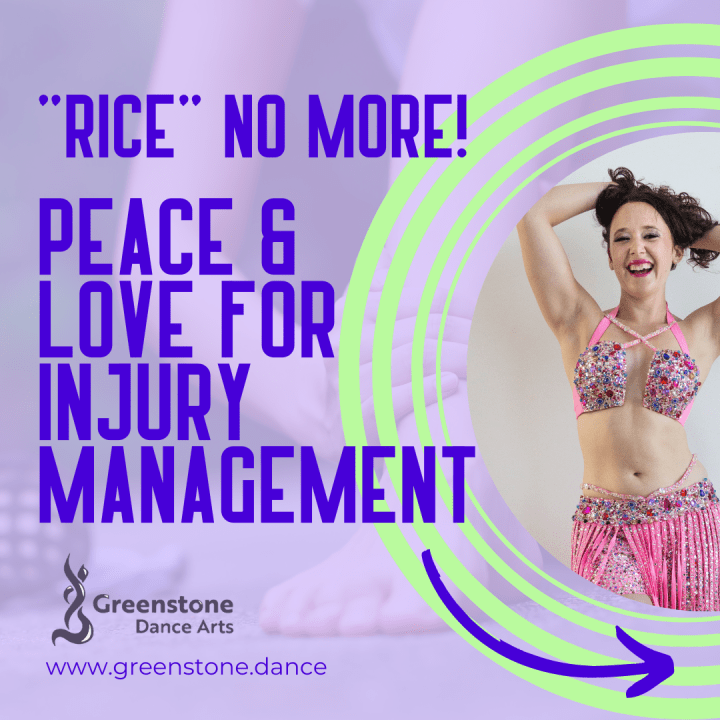
What’s wrong with RICE?
RICE ignores that there are different phases of healing, and implies that passive modalities (rest, ice, compression, and elevation) are of utmost importance to healing. While we need rest in the very early phases of any injury, we know from decades of research that getting back to movement as early as possible is key to better recovery. And re-loading an injured area is what ultimately makes it stronger and restores it capacity – not resting it!
There has also been some research suggesting that icing could delay tissue repair because it could decrease inflammation.Inflammation is CRUCIAL in the early stages of tissue healing – this is what brings in all the white blood cells to clean things up! It is especially important to avoid taking anti-inflammatories in the first 48-72 hours after injury.Professional performers may also consider avoiding ice. Even if this blunts inflammation only slightly in comparison to anti-inflammatory drugs, professional dancers often need to return to work quickly. Anything that could speed recovery could therefore be worth considering.
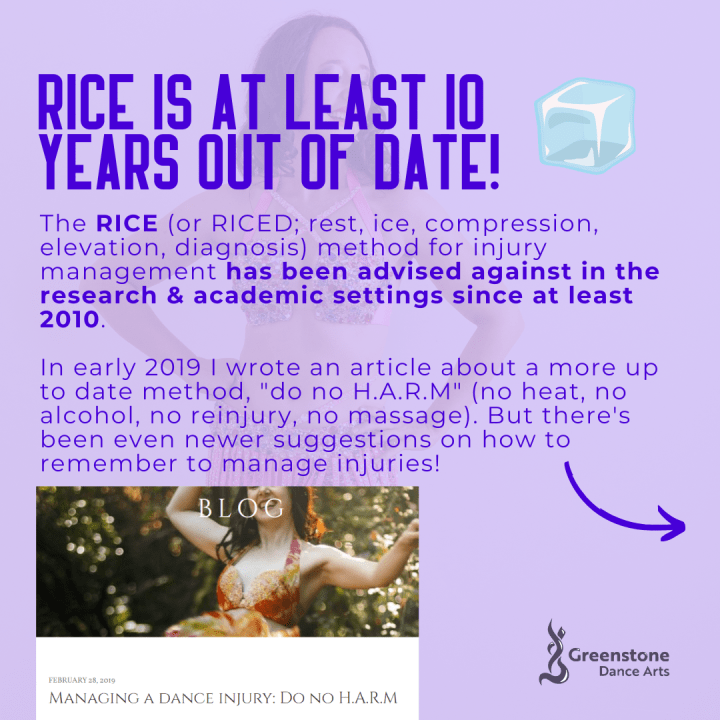
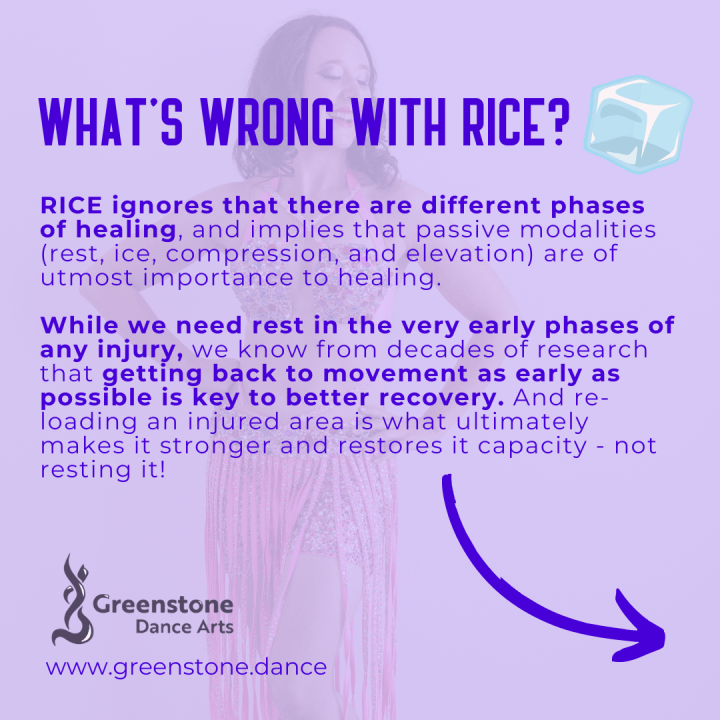
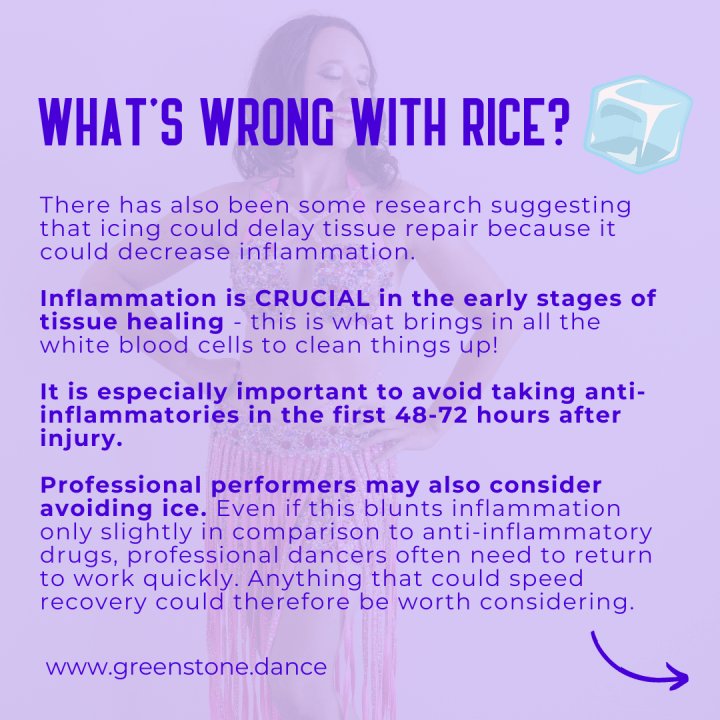
A new alternative: PEACE and LOVE
A paper that came out in 2019 (Dubois & Esculier) suggested PEACE & LOVE as an alternative to optimise recovery.
P is for Protect
E is for Elevate
A is for Avoid Anti-inflammatory Modalities
C is for Compress
E is for Educate
L is for Load
O is for Optimism
V is for Vascularisation
E is for Exercise
Let’s learn what these mean!



P if for Protect
In the first 1-3 days, minimise movement that could further cause injury, BUT rest should be minimised
E is for Elevate
Elevate the limb higher than the heart. There is weak evidence that this helps, but it won’t cause harm
A is for Avoid Anti-inflammatory Modalities
Definitely avoid anti-inflammatory drugs in the first few days. The use of ice is questioned and cautioned because it could also disrupt inflammation – which is crucial to healing!
C is for Compress
There is conflicting evidence, but taping or bandaging does seem to offer some benefits to our ability to function
E is for Educate
Health care providers should let you know that an active approach (actual rehab, not just things that feel good) is what you need to recover, and help you have realistic expectations for recovery
L is for Load
Putting weight on the injured part or doing strength exercises should be introduced early, as soon as symptoms allow. This promotes repair & remodeling of damaged tissue, and builds capacity – so you can do the things you used to!
O is for Optimism
Patients who are optimistic have better outcomes. From pain science we know that distress and negative feelings (or anything that makes us feel in danger) can increase pain. I know it can be hard, but trust that your body is adaptable!
V is for Vascularisation
Aerobic exercise (“cardio”) should be started a few days after injury to increase blood flow to injured areas. Early mobilisation and aerobic exercise improve function and reduces the need for painkillers.
E is for Exercise
Exercise is strongly supported for reducing the prevalence of recurrent injuries, and can help restore mobility, strength and proprioception after injury.
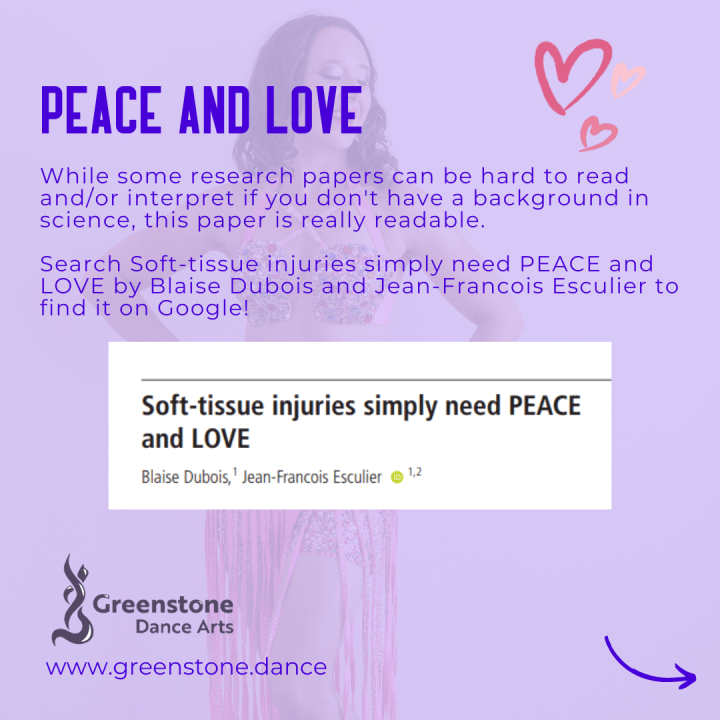
While some research papers can be hard to read and/or interpret if you don’t have a background in science, this paper is really readable. Click here or click the article title below to find it!
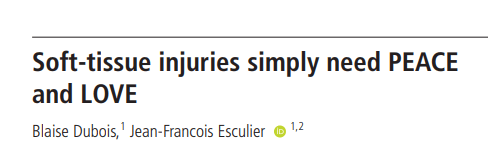
Did you learn something new about injury management?
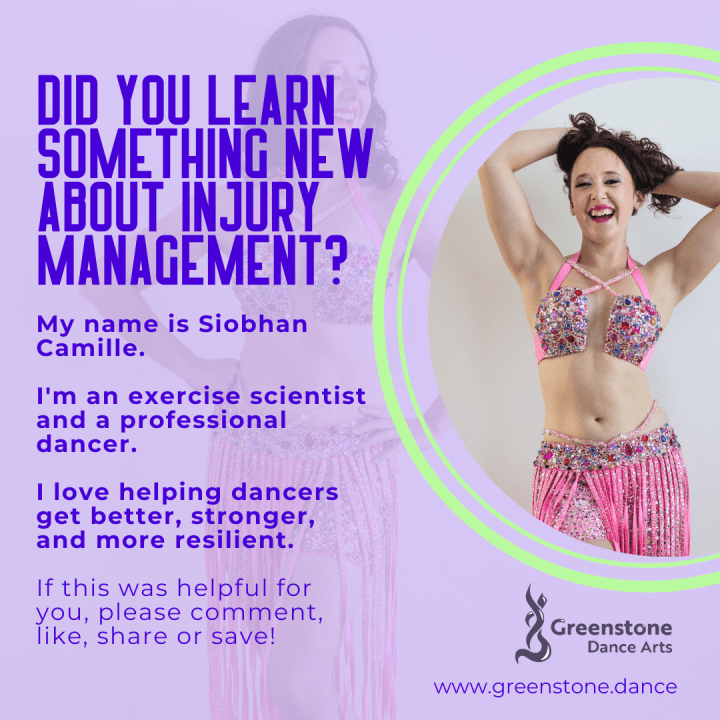
My name is Siobhan Camille. I’m an exercise scientist and a professional dancer. I love helping dancers get better, stronger, and more resilient. If this was helpful for you, please feel free to share this article, or sign up to my newsletter to get posts like this in your inbox!
Want to dance stronger?
Siobhan Camille offers the Dance Strong 6 Week Online Fitness for Belly Dancers 4-5 times a year, and writes personalised strength and conditioning and/or rehabilitative programs for dancers year-round. Find out more about the Dance Strong Challenge here and find out more about personalised programming here.
